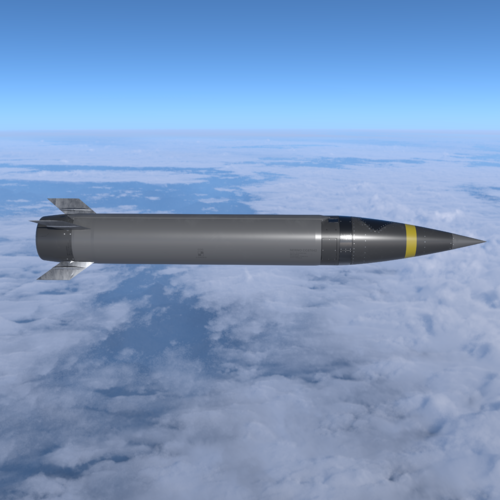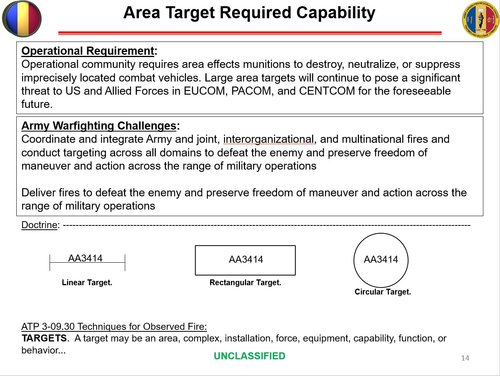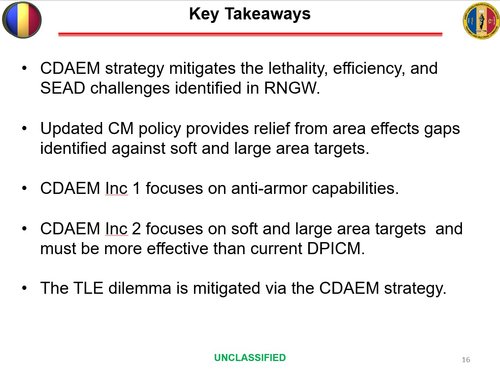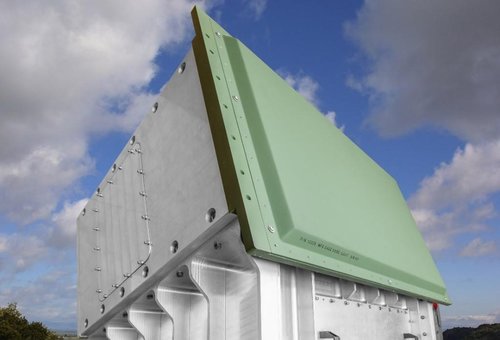- Joined
- 18 May 2019
- Messages
- 640
- Reaction score
- 1,673

The Army spent years internally developing its own multimission launcher for the Indirect Fires Protection Capability program — designed to counter threats like rockets, artillery and mortars as well as cruise missiles and unmanned aircraft systems. But that grand plan is now officially off the table.
The service has purchased two Rafael-made Iron Dome systems as an interim solution to get after the cruise missile defense capability gap, but it’s taken a step back to rethink its enduring IFPC program strategy.
While much is up in the air, it’s certain that the launcher that will ultimately be part of the IFPC program won’t be the MML.
“It’ll be something different that we will develop,” Brig. Gen. Brian Gibson, who is in charge of the Army’s air-and-missile defense modernization, told Defense News at the Association of the U.S. Army’s annual conference.
As of 2016, the Army had spent $119 million to build MML prototypes, which included owning the technical rights. The cost of developing the system outside of the Army would have been about three times as much according to the service at the time.
Over the course of its development, the launcher was able to defeat a cruise missile target and an unmanned aircraft system using an AIM-9X missile at White Sands Missile Range, New Mexico, and fired the Miniature Hit-to-Kill (MHTK) and Tamir missiles as well.
The U.S. Army had awarded three $2.6 million contracts in the summer of 2018 for the first phase of a program to find a second interceptor — the Expanded Mission Area Missile (EMAM) — for the MML. Also already selected was the first interceptor for the launcher, the Sidewinder.
Lockheed Martin’s MHTK missile and two missiles from Raytheon were chosen to be qualified for the launcher: Sky Hunter, the U.S. version of the Iron Dome missile Tamir; and the Accelerated Improved Interceptor Initiative missile.
The effort to qualify the MHTK has been paused, Scott Arnold, Lockheed Martin’s vice president and deputy of integrated air-and-missile defense with the company’s Missiles and Fire Control business, said at AUSA.
The company did not have an intercept test, but was able to move the MHTK missile through some testing prior to the Army’s decision to pause the program.
The Army may take technologies developed as part of the MML effort and spiral them into a future launcher, “but there were a lot of things, with all the right reasons, that launcher turned out the way it did,” Gibson said. An assessment of the launcher determined it was not sufficient for an enduring capability, he added.
“All the variables of when you define a new piece of hardware matter and, for air defense, it really comes down to angles you launch things at, whether it’s vertical or whether it’s horizontal, and the applicability of how many different interceptors potentially you can put in,” Gibson said. “Those are all lessons learned from MML and it matters on the threat set.”
The one-star added that he is confident the Army is capable of developing something appropriate on the right timeline when it comes to a launcher for the enduring IFPC plan.
And while the service doesn’t want to buy beyond the two batteries of Iron Dome already purchased, the Army is considering the feasibility of taking its launcher and missiles for the future IFPC program.
The Army has until the end of 2023 to field an initial enduring capability or, by law, will have to buy more interim Iron Dome systems.

US Army-developed multimission launcher is off the table
The Army spent years internally developing its own multimission launcher for the Indirect Fires Protection Capability program — designed to counter threats like rockets, artillery and mortars as well as cruise missiles and unmanned aircraft systems. That's no longer happening.





















